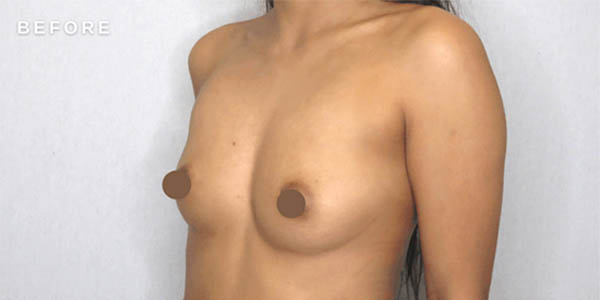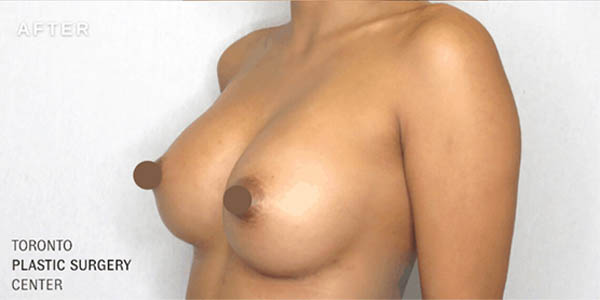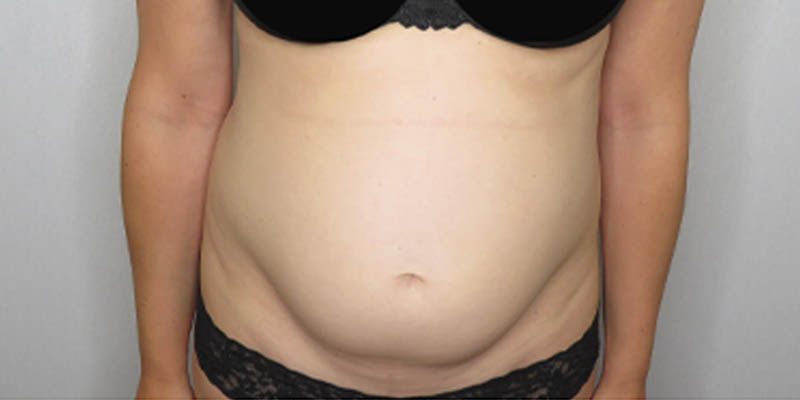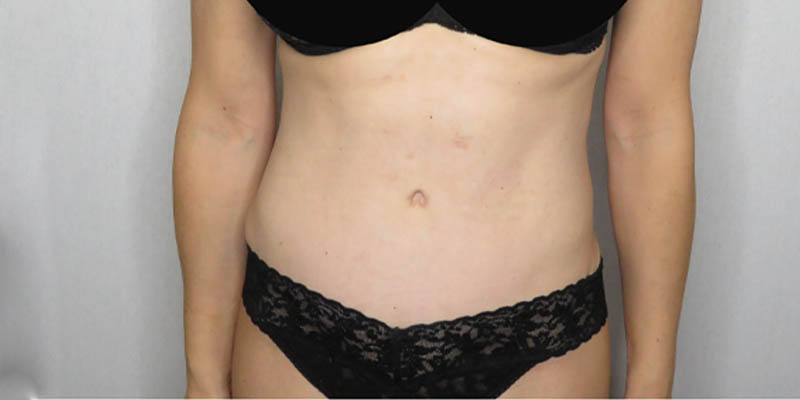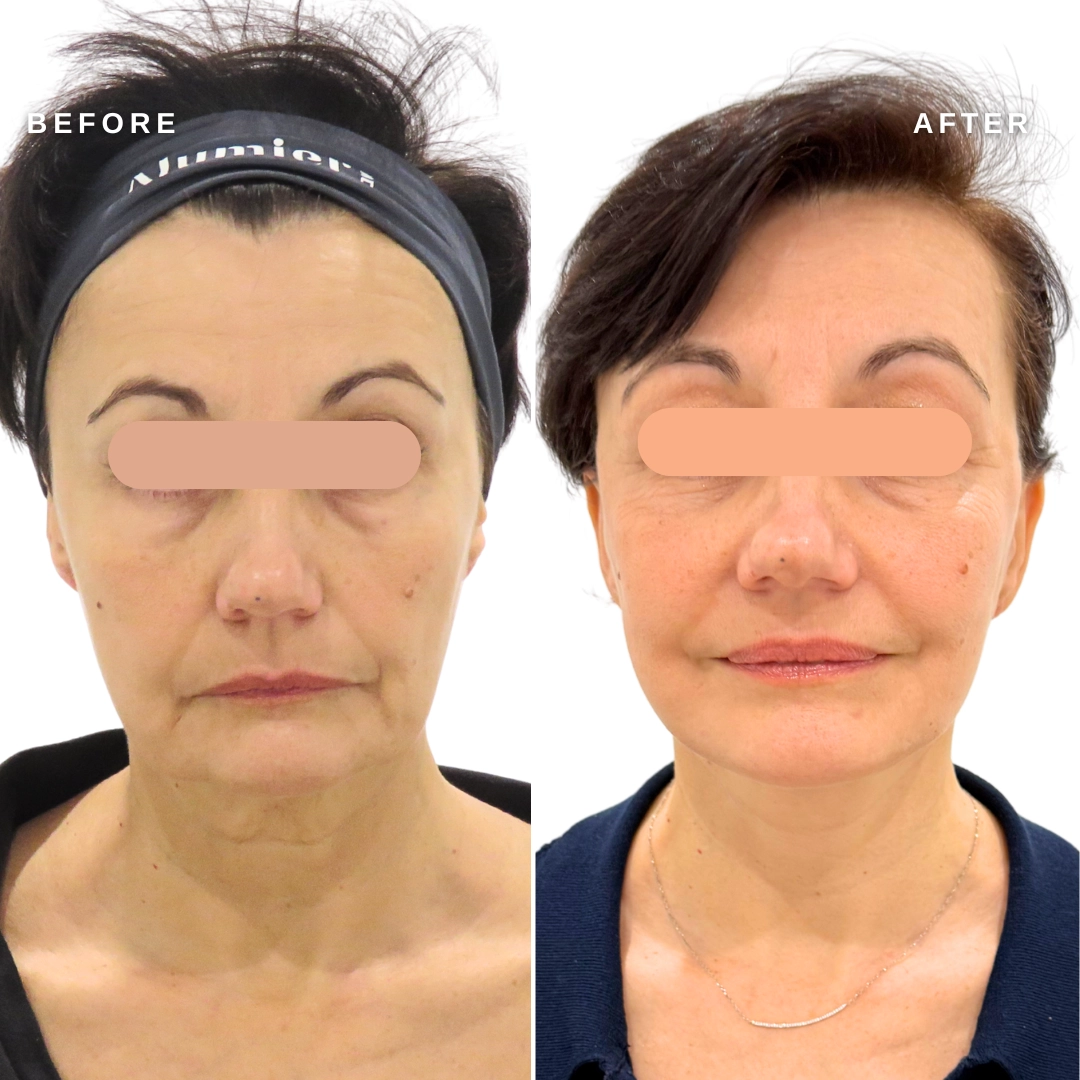- Body
- Breast
- Face
- Injectables
- BOTOX®, Dysport & Nuceiva
- Dermal Fillers
- Earlobe Filler
- Facial Slimming
- Gummy Smile Correction
- Hyaluronidase
- Hyperhidrosis
- Jawline Filler
- Lip Injections
- Non-Surgical Brow Lift
- Non-Surgical Double Chin Reduction
- Non-Surgical Facelift
- Non-Surgical Hand Rejuvenation
- Non-Surgical Nose Job
- Tear Trough Treatment
- Skin
- Male
- Gallery
- About
- Resources
- Contact
Most people respond well to breast implants and their bodies often do not encounter any problems. In some very rare cases, difficulties can arise during the healing process following a breast implantation surgery. These issues are easy to spot and, should you find yourself plagued with any of them, it’s important that you contact your plastic surgeon before they escalate.

The short-term recovery period for breast implants is about two weeks. Although each patient differs, it is recommended that you avoid strenuous activity such as exercising and lifting anything above your chest.
Some women are able to return to work after one week, depending on how physical their job is, while others wait until all bruising and swelling has gone down. The long-term recovery after a surgery of this type is about 30 days. At this point, all swelling and bruising will have dissipated and you should be able to lift your arms above your head with ease. Activities like hair washing and driving – anything where your arms are heavily in use – will be pain-free. However, if you notice after one month that you are still in pain when you lift your arms, you should pay your doctor a visit.
There are healing problems you can actually spot besides just judging by the amount of pain you’re still in. For instance, your nipples may point downwards for three to four weeks following your procedure. Once the implants settle, this will correct itself and is not a cause for concern unless your nipples are still pointing down after six weeks. Another thing to look out for is firmness. If your breasts are hard at first, do no be alarmed. The implants will soften over time and feel like real breast tissue. However, if your breasts are still hard at least two months after your procedure, see your surgeon.
The following healing glitches are more problematic and you will notice them right away. Any discharge like pus or blood coming out of any area of your breast is something you will need to deal with immediately. This could be a sign of a bacterial infection or a stitch abscess.
A major symptom of infection or abscess is fever. If you notice discharge and have a fever, it’s time to go to the doctor. Also, look out for redness. Bruising and swelling are normal after a breast implant surgery, but if your breasts are red instead of black and blue this could be a problem.
It is uncommon that breast implant surgery causes any problems. If you notice anything out of the ordinary get it checked out. Being safe is always better than being sorry!
